Prof. João Caramês is a well-established clinician and researcher and has made significant contributions to the field of implantology, including the Caramês classification for full-arch implant placement and the Straumann Pro Arch concept. In October, the Implantology Institute will host “Caramês full-arch clinical experiences—from simple to complex”, a two-day course in which participants will explore and practise Straumann Pro Arch protocols supported by cutting-edge digital dentistry solutions. The new course aims to provide clinicians with an in-depth understanding of immediate loading treatments for edentulous patients by providing practical strategies to balance patient needs and expectations with clinical and financial factors. In this interview, Prof. Caramês talks about the intersections between his classification and Straumann Pro Arch and the clinical value of using these tools.
Prof. Caramês, you were one of the pioneers behind the Straumann Pro Arch concept. How has the field of full-arch implant rehabilitation evolved over the years, and what role has your expertise and research played in shaping its development?
Today, full-arch implant rehabilitation is a well-established and highly predictable treatment modality. Over the years, I believe my expertise and research have helped to clarify several aspects of the success of immediate loading in full-arch rehabilitation of the maxilla and mandible.
The Caramês classification arose from over 25 years of clinical experience in treating edentulous patients with fixed full-arch rehabilitation. The classification sets out a decision process based on the anatomical level and pattern of bone atrophy and patient risk factors and supports the clinician in selecting a specific treatment option from a set of predefined implant rehabilitation and surgical workflow schemes. According to a large-sample retrospective cohort study, following this clinical decision tree is a predictable way to achieve a high cumulative implant survival rate.
In summary, the classification posits that a standard surgical technique cannot be applied in all cases. To achieve the most predictable and successful results, clinicians should apply the most suitable technique or therapeutic scheme to each patient, not the other way around. In my humble opinion, this system has helped clinicians to better plan and predict successful treatment. Straumann Pro Arch embodies this philosophy and provides clinicians with the surgical and prosthodontic options to achieve it.
Surgical and restorative protocols have evolved in tandem with digital innovations; indeed, we live in an era of digital implant dentistry! Whether it be digital surgical planning, digital prosthetic planning, digital impression taking or CAD/CAM techniques, digital implant dentistry allows for a more precise treatment infrastructure that is delivered to the patient faster.
Straumann Pro Arch rehabilitations emphasise personalised treatment that maintains clinical predictability. What are the key factors clinicians should consider in order to balance individual patient needs with the demands of immediate loading protocols?
As a starting point for evaluating and classifying each clinical case, clinicians should consider systemic and biomechanical factors, anatomical features, prosthetic design, the patient’s expectations and the patient’s ability to perform oral hygiene. Every patient is unique and requires an individualised approach. This principle is the cornerstone of the Caramês classification. These points of analysis are matched with different levels of bone atrophy in the maxilla and mandible, from Level 1 to 5. These levels are based on the vertical and horizontal linear bone dimensions at five predefined positions on the arch.
Could you elaborate on how digitalisation is enhancing treatment planning, surgical precision and patient outcomes in full-arch rehabilitation?
Today, we can capture and match the whole range of digital data obtained with different scanning methods, including intra- and extra-oral, CBCT and facial scans. Planning software, which increasingly employs artificial intelligence, has radically changed routine workflows.
Successful prosthetic restoration depends on detailed planning, which can be accurately transferred to implant surgery via the use of surgical guides for implant placement and bone reduction procedures. Advanced digital tools such as guided surgery and navigated surgery have the potential to be less invasive, improve patient safety and significantly enhance the accuracy of implant placement. These technologies also help us to achieve favourable treatment outcomes, including high cumulative implant success rates ranging from 94.5% to 100%. Nonetheless, the implementation of an exclusively digital workflow, which combines 3D imaging, computer-assisted implant placement, intra-oral scanning and CAD/CAM prostheses, remains a challenge. This is particularly true when it comes to capturing accurate data with intra-oral scanners and aligning or merging data sets when natural teeth or other anatomical landmarks are missing.
“By incorporating technology-enhanced learning tools in the context of full-arch rehabilitation, we aim to raise participants’ competencies in practice management and planning.”
Your course has been upgraded and will offer hands-on training, live surgery and theoretical lectures. What can participants expect to gain from attending this new course, and how will the components complement each other to provide a comprehensive learning experience?
Continuing training and education are essential for implantologists. The mission of educators is always to improve our lectures, courses and teaching platforms. This is achieved not only by mastering new surgical and restorative techniques but also by incorporating new technologies. This allows us to provide and teach treatment that is more predictable and less invasive for the patient—two key factors that led to us upgrading the Straumann Pro Arch course. By incorporating technology-enhanced learning tools in the context of full-arch rehabilitation, we aim to raise participants’ competencies in practice management and planning. Mentoring and hands-on training sessions will be structured around clinical cases that attendees will be expected to participate in. This will provide participants with valuable knowledge, particularly when they are free to share and discuss clinical perspectives with different experts.
Straumann recently launched iEXCEL, its newest single-connection implant line. How do you believe it will support your clinic and your treatment concept and eventually benefit patients?
As an oral surgeon with over 30 years of experience, I expect an implant system to be supported by clinical studies that demonstrate its biological and biomechanical success. For me, the essential aspects are ease and quality of handling of the system, a macro- and micro-geometry that facilitate placement and achieve insertion torques suitable for the application of immediate loading protocols, and a hydrophilic surface that accelerates osseointegration. Straumann is a leading brand whose implants consistently fulfil these qualities. The iEXCEL system seems to combine the well-known advantages of Straumann implants with improved versatility and biomechanical sealing, owing to its newly developed TorcFit connection. Additionally, the iEXCEL system offers prosthodontic options tailored to the needs of full-arch rehabilitation and full integration. This includes a digital workflow enabled by titanium scan bodies and the Straumann RevEX scan bodies for the definitive restoration stage from the provisional prosthesis.
Editorial note:
The course will take place on 27 and 28 October at the Implantology Institute in Lisbon. More information about the programme can be found here. Registartion for the course is open here.
Topics:
Tags:



 Austria / Österreich
Austria / Österreich
 Bosnia and Herzegovina / Босна и Херцеговина
Bosnia and Herzegovina / Босна и Херцеговина
 Bulgaria / България
Bulgaria / България
 Croatia / Hrvatska
Croatia / Hrvatska
 Czech Republic & Slovakia / Česká republika & Slovensko
Czech Republic & Slovakia / Česká republika & Slovensko
 France / France
France / France
 Germany / Deutschland
Germany / Deutschland
 Greece / ΕΛΛΑΔΑ
Greece / ΕΛΛΑΔΑ
 Hungary / Hungary
Hungary / Hungary
 Italy / Italia
Italy / Italia
 Netherlands / Nederland
Netherlands / Nederland
 Nordic / Nordic
Nordic / Nordic
 Poland / Polska
Poland / Polska
 Portugal / Portugal
Portugal / Portugal
 Romania & Moldova / România & Moldova
Romania & Moldova / România & Moldova
 Slovenia / Slovenija
Slovenia / Slovenija
 Serbia & Montenegro / Србија и Црна Гора
Serbia & Montenegro / Србија и Црна Гора
 Spain / España
Spain / España
 Switzerland / Schweiz
Switzerland / Schweiz
 Turkey / Türkiye
Turkey / Türkiye
 UK & Ireland / UK & Ireland
UK & Ireland / UK & Ireland
 Brazil / Brasil
Brazil / Brasil
 Canada / Canada
Canada / Canada
 Latin America / Latinoamérica
Latin America / Latinoamérica
 USA / USA
USA / USA
 China / 中国
China / 中国
 India / भारत गणराज्य
India / भारत गणराज्य
 Pakistan / Pākistān
Pakistan / Pākistān
 Vietnam / Việt Nam
Vietnam / Việt Nam
 ASEAN / ASEAN
ASEAN / ASEAN
 Israel / מְדִינַת יִשְׂרָאֵל
Israel / מְדִינַת יִשְׂרָאֵל
 Algeria, Morocco & Tunisia / الجزائر والمغرب وتونس
Algeria, Morocco & Tunisia / الجزائر والمغرب وتونس
 Middle East / Middle East
Middle East / Middle East

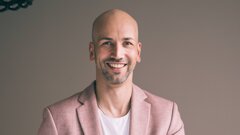

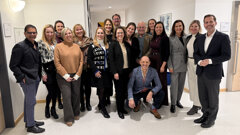







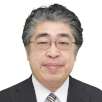

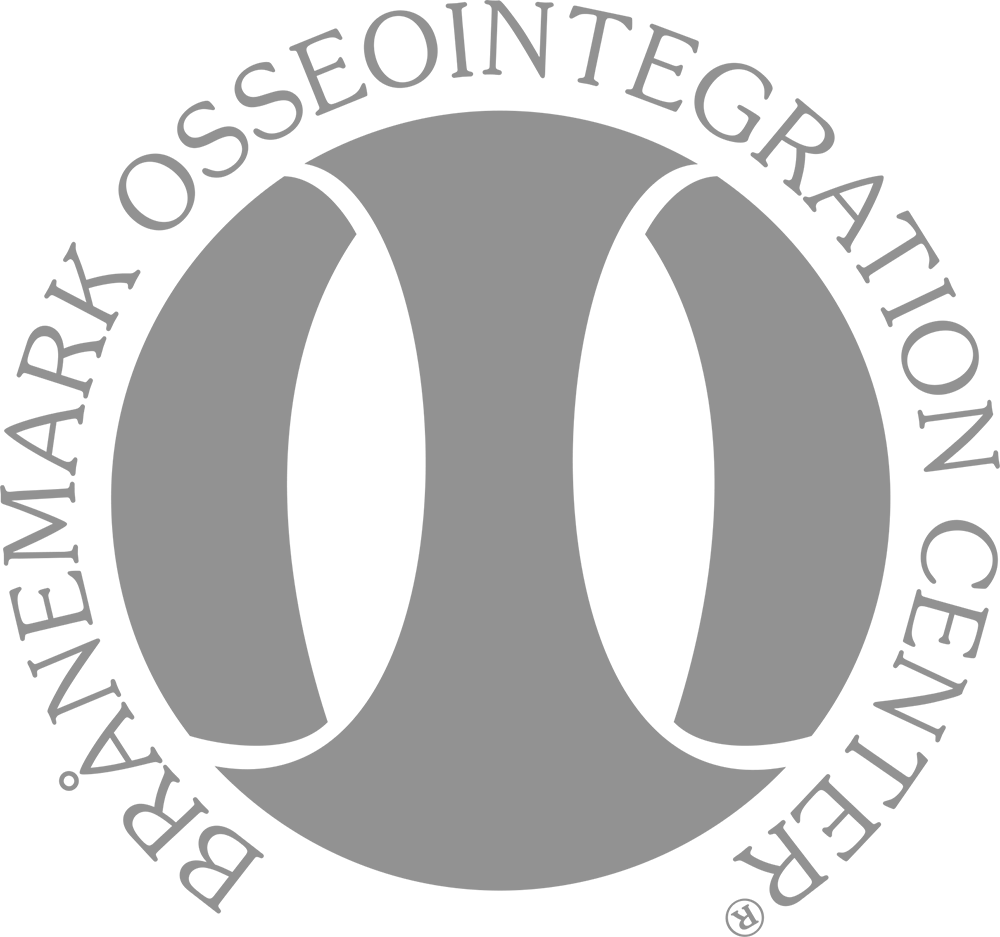









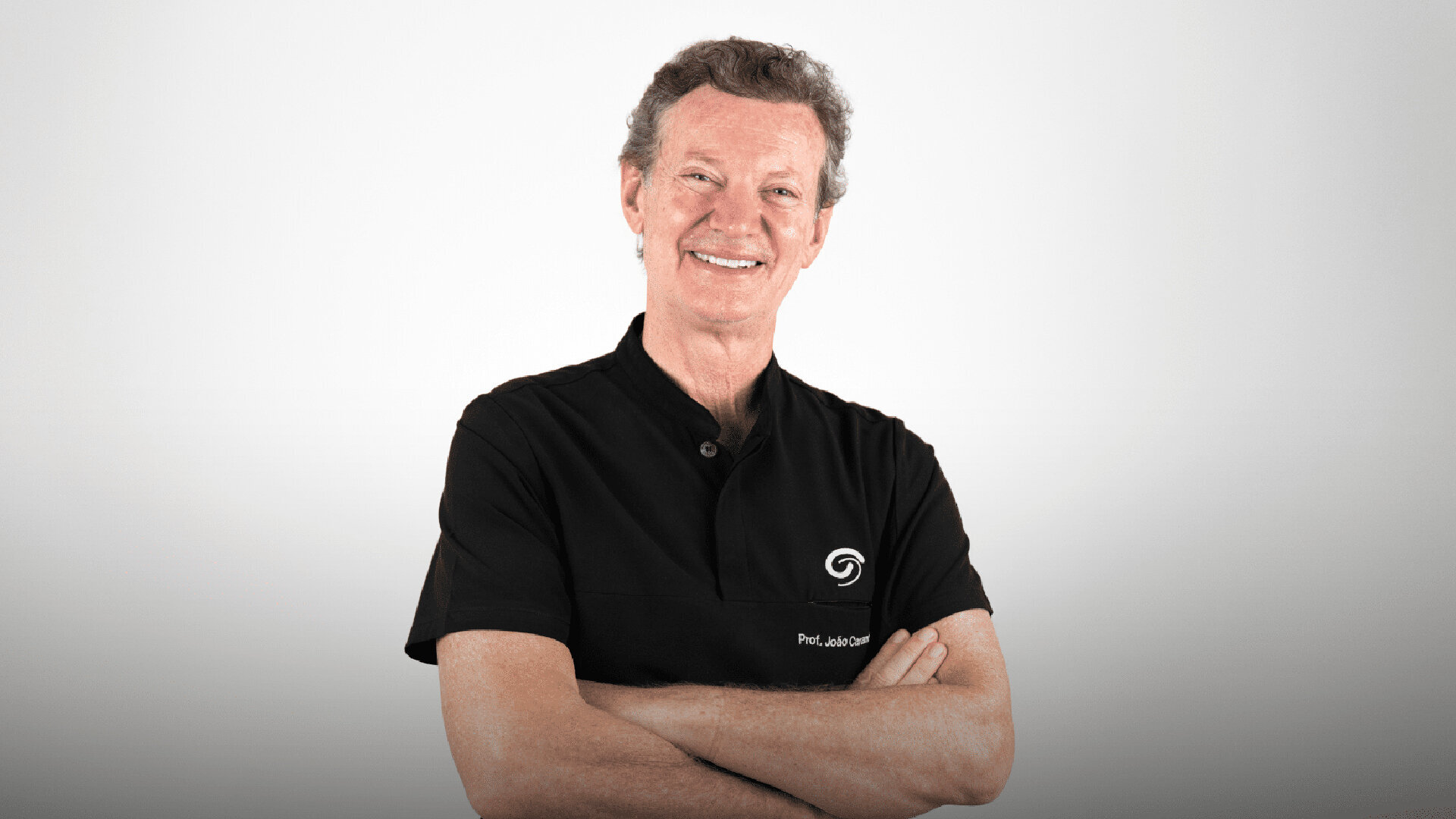
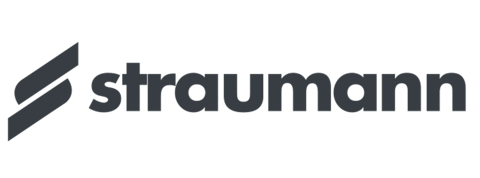

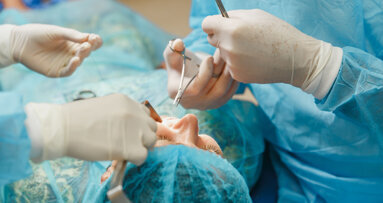

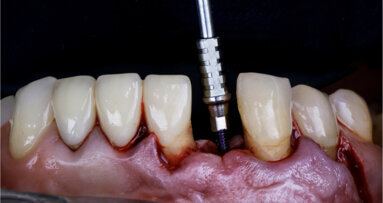
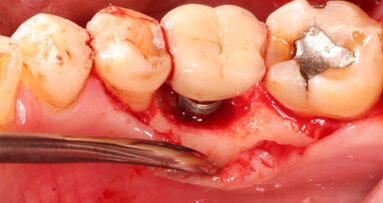
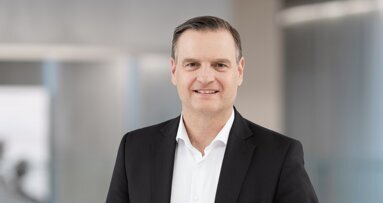

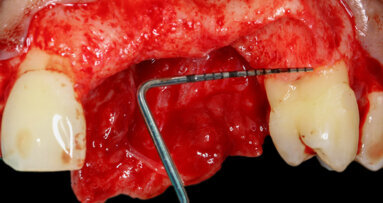









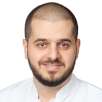

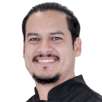
To post a reply please login or register